Guest Post by Neil Kjeldsen*
Throw Out the Old Rules
We have likely all seen articles before—articles with titles like “15 Steps to the Perfect Website” and “Top 10 Rules of Web Design”—if you are familiar with these articles and the web design rules of yesteryear, forget them (if you’re unfamiliar, perfect, you’ve got a head start!). The old rules from the days of 960px monitors, days when mobile, HTML5, CSS3, responsive technology, and web apps, didn’t exist—they are now long behind us.
The web of today is nothing like the web from 5 years ago, and it’s a safe bet that the web 5 years from now will be nothing like the web of today. Sure, there are some enduring principles that never go out of style and are always good to keep in mind—simplicity, usability, hierarchy—but every day, web design and development is being pushed to and beyond the brink of what has been done before. As with most things in life, there are basics, and definitely information and practices that are good to know and adhere to, but don’t become a slave to them. Be willing to throw out the rule book and push beyond the norm. Rather than a list of rules to adhere to, let’s look at some things that are good to know in order to produce the best website possible.
Know Your Audiences
If you don’t know your audiences, then you don’t know what you are designing for. Your website may be about you, but it’s for your audience. It’s a tool to reach people. Without a good understanding of who are you designing for, then you won’t know which rules to break and where you can push the boundaries.
For example, if you’re designing a website for a senior living community, it’s a safe bet that your audience isn’t the same as the audience that is looking to interact with cutting-edge technology. Simplicity and ease-of-use, while always good to keep in mind, are going to carry a little extra importance in this instance. That’s okay! Simplicity and ease-of-use don’t have to equate to boring and dull. It’s totally possible to create a beautiful website while maintaining those pillars, but you’ve got to know your audience. A design like this, while beautiful, innovative, and interesting, is clearly not going to hit home with the target audience for a senior living community.
Know Your Developer
I can’t stress this enough—know your developer. They are your best friend and your partner. Ideally, you will have an understanding of web development, too, but at the very least befriend your trusty developer. Web design is not an island and great designs are not created in a vacuum. Development is where the visuals and ideas actually come to life, and it’s vitally important to have somebody beside you who is invested in the project, understands you, and is working toward the same goal that you are. Once designs are shifted to the development phase, seldom is the design phase actually complete. There will be a back and forth. It’s a symbiotic relationship. New ideas may arise, holes may be discovered, and there will always be shifting content and new information. Be ready to work together to clear those hurdles together in order to produce the best work possible. RocketBuild handles all types of web development utilizing the web’s most popular CMSs. You can view their profile on DesignRush here. DesignRush is a great resource to help you find the best Website Development Company.
Hold On Loosely
This is an important one that will make the work process more joyful for all involved. Don’t be married to your first idea—or you second or third, even. Keep an open mind and a loose grip on your ideas as you work. You may have what at first seems like a great idea, only to discover that in the grand scheme of things, it won’t work out so well after all. That’s alright! Better to have had a great idea and to be able to see it’s faults than to hold on to it so tightly that it strangles the final product. After all, your first idea might not, and usually is not your best idea. So tinker, try them out, and let them go if they aren’t doing the trick. Your sanity, your client, your audience, and the final product will thank you.
Enjoy Your Work
This is the key. Enjoy your work. Nothing else is as important to making a great web design… or anything in life, really. If you’re not having fun—if you’re heart isn’t in it—if you just don’t enjoy the work, it will show. Design is a beautiful thing to be part of. It’s creative problem-solving at it’s best. If the work isn’t enjoyable, then less care will be taken in the process, and when less care is taken, well… that’s when bad design happens. So above all else – enjoy the work!
* At the time of this writing, Neil Kjeldsen is a freelance graphic designer in Indianapolis specializing in web, branding, and print.







